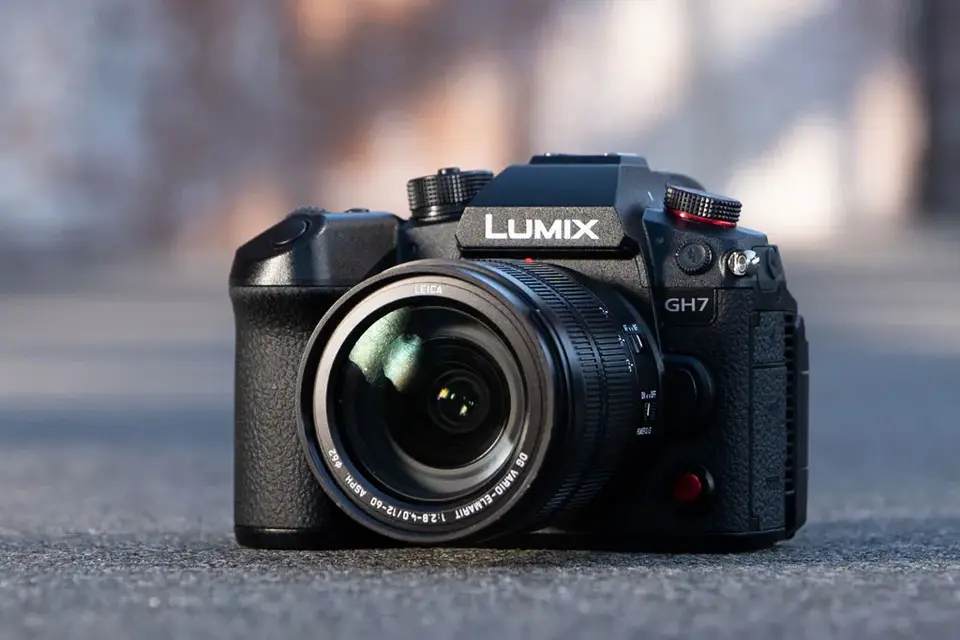
Panasonic has unveiled the new LUMIX GH7 camera, featuring a 25.2MP Micro Four Thirds sensor with phase-detect autofocus (PDAF).
The GH7 provides faster autofocus in both photo and video modes and supports various 10-bit video modes, including 5.8K 4:3 open gate up to 30fps, 5.7K up to 60fps, 4K up to 120fps, and FHD up to 300fps. These can be recorded internally on CFexpress cards, SD cards, or SSDs via the USB-C port. Additionally, the GH7 supports internal ProRes RAW recording in 5.7K or 4K and raw HDMI output. The camera also offers 32-bit float audio recording with the new optional DMW-XLR2 unit.
 Sensor and Autofocus
Sensor and Autofocus
The GH7 features a 25.2MP BSI CMOS Micro Four Thirds image sensor with a 4:3 aspect ratio, similar to the LUMIX G9 II. This sensor supports phase detection AF and includes the Dynamic Range Boost feature across the full ISO range, achieving a dynamic range of 13+ stops at 60fps or less, and 12+ stops above 60fps.
For photographers, the GH7 offers improved AFC and AFS, allowing high framerate burst shooting modes of 60fps and 75fps with an electronic shutter, or 10 and 14fps with a mechanical shutter. The camera includes an AF-point scope for confirming focus and a 20x MF assist for manual focus.
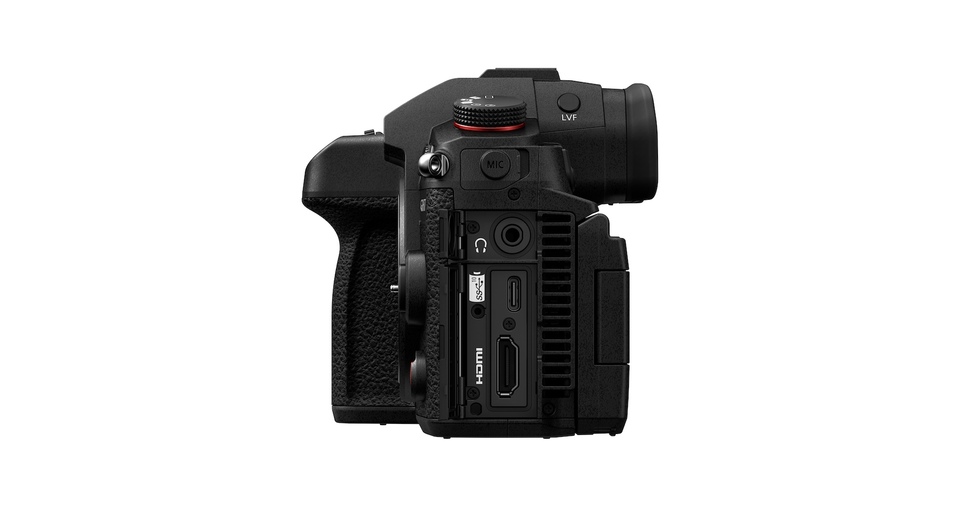 The improved PDAF enhances object tracking and performance in backlit and low-light conditions. It can recognize new objects like airplanes and trains, in addition to humans, animals, cars, and motorcycles. The Target Part Detection feature allows users to select specific parts of objects for focus.
The improved PDAF enhances object tracking and performance in backlit and low-light conditions. It can recognize new objects like airplanes and trains, in addition to humans, animals, cars, and motorcycles. The Target Part Detection feature allows users to select specific parts of objects for focus.
Image Stabilization and Photography Features
The GH7 includes Panasonic’s 5-axis IBIS, which compensates for up to 7.5 stops in stills mode. The active IS setting corrects camera shakes while running, and the EIS corrects perspective distortion during video shooting. The camera also features the LEICA Monochrome photo style and a 100MP handheld high-res mode.
Video Recording Capabilities
The LUMIX GH7 supports a wide range of internal video recording modes:
- 4:3 open gate 5.8K (5760×4320) up to 30fps
- 4:3 4.4K (4352×3264) up to 60fps
- 17:9 5.7K (5728×3024) up to 60p
- 17:9 C4K (4096×2160) up to 120p
- 16:9 UHD 4K (3840×2160) up to 120p
- 16:9 FullHD (1920×1080) up to 240p (with VFR up to 300fps)
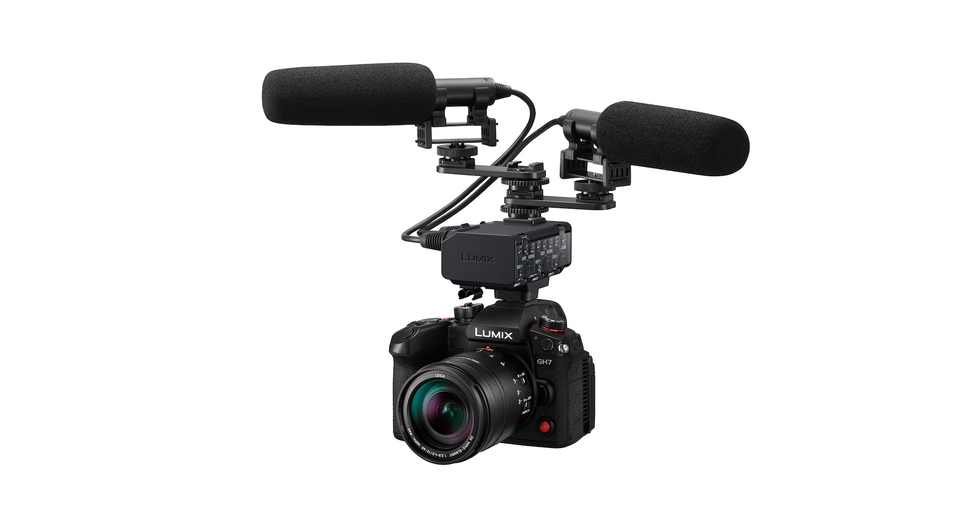 All modes above 4K are in 10-bit 4:2:0, while the 4K and FHD modes also offer 10-bit 4:2:2 subsampling (except VFR modes). The GH7 can record ProRes RAW internally to a CFexpress memory card or a connected USB-C SSD. It supports 5.7K ProRes RAW up to 29.97fps and C4K ProRes RAW up to 59.94fps. The camera has an active cooling system, ensuring no recording time limits, though it may shut down in high ambient temperatures during 5.7K ProRes RAW or 60fps recording.
All modes above 4K are in 10-bit 4:2:0, while the 4K and FHD modes also offer 10-bit 4:2:2 subsampling (except VFR modes). The GH7 can record ProRes RAW internally to a CFexpress memory card or a connected USB-C SSD. It supports 5.7K ProRes RAW up to 29.97fps and C4K ProRes RAW up to 59.94fps. The camera has an active cooling system, ensuring no recording time limits, though it may shut down in high ambient temperatures during 5.7K ProRes RAW or 60fps recording.
Proxy file recording on the SD card is available in three quality settings:
- H – MOV, H.265, FullHD 1080p, 10-bit 4:2:0, 12-16 Mbps
- M – MOV, H.265, FullHD 1080p, 10-bit 4:2:0, 6-9 Mbps
- L – MOV, H.264, HD 720p, 8-bit 4:2:0, 6-4 Mbps
The GH7 supports Real-Time LUT separately for the original video and proxy files. HDMI raw output is also available.
Connectivity and Streaming
The GH7 features native Camera-to-Cloud integration with Adobe Frame.io for proxy video files, jpegs, or raw photos, which can be uploaded via Wi-Fi or USB tethering. The camera can stream video wirelessly or through USB tethering, wired LAN, and other methods.
Audio Capabilities
The GH7 includes 32-bit float audio recording, eliminating the need for gain adjustment. This requires the optional DMW-XLR2 XLR unit, which adds a microphone holder, a 3.5mm stereo jack input connector, and four channels of audio recording. The camera also has a TC in/out terminal combined with a sync socket.
Real-Time LUT and LUMIX Lab App
The GH7 includes the Real-Time LUT feature, allowing users to create unique filters by layering Photo Style and LUT with extended parameter settings. The LUMIX Lab app, available on Android and iOS, lets users transfer images from the camera, create LUTs, and upload them for use as creative filters.
 ARRI LogC3 Compatibility
ARRI LogC3 Compatibility
A separate license key (DMW-SFU3A) for $199.99 enables in-camera ARRI LogC3 recording. Users can access the ARRI Look Library with 87 looks and store their favorite ARRI Look for rec709 LUT conversion combined with the in-camera Real-Time LUT function.
Physical Specifications
The GH7 retains the GH6 body design with an active cooling fan. It features a weather-resistant magnesium alloy body, operational down to -10°C. The rear 3” touchscreen monitor is fully movable, and the OLED LVF has a 3.68MP resolution with 0.8x magnification.
 Media Options
Media Options
The GH7 has two memory slots – CFexpress Type B and SD UHS-II (U3, up to V90). It can record video to an external SSD via its USB-C port, though the external SSD cannot be used with the older DMW-BLF19 battery type. The maximum output of the sensor is 60fps when recording to the SSD.
 Price and Availability
Price and Availability
The Panasonic LUMIX GH7 will be available in July 2024, priced at $2,197.99 for the body only. Sets with selected lenses will also be available.
About Panasonic
Panasonic Holdings Corporation is a Japanese multinational electronics company headquartered in Kadoma, Osaka, Japan. Founded in 1918 by Konosuke Matsushita as Matsushita Electric Housewares Manufacturing Works, the company has grown into one of the largest electronics manufacturers in the world. In 2008, it was renamed Panasonic Corporation and later became Panasonic Holdings Corporation in 2022 following a reorganization.
News source: https://www.panasonic.com/global/about.html
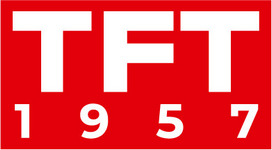

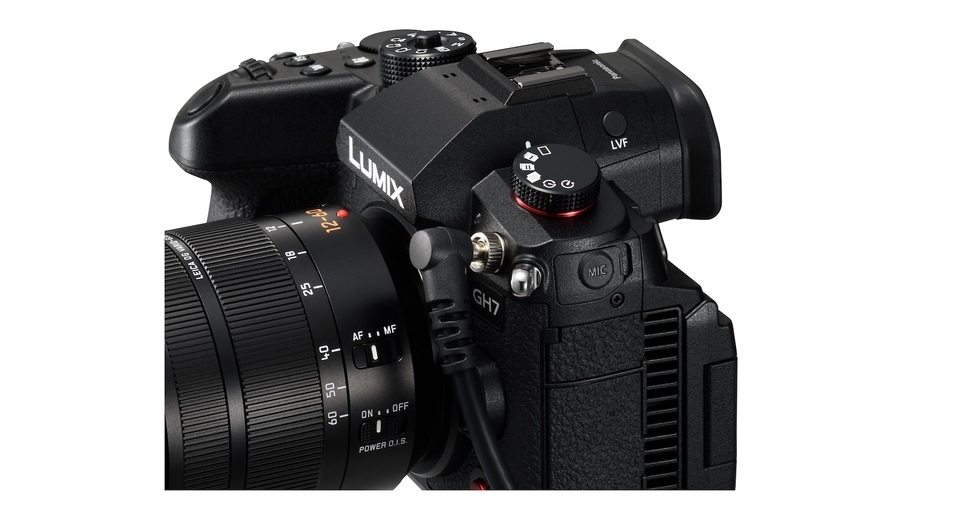 Sensor and Autofocus
Sensor and Autofocus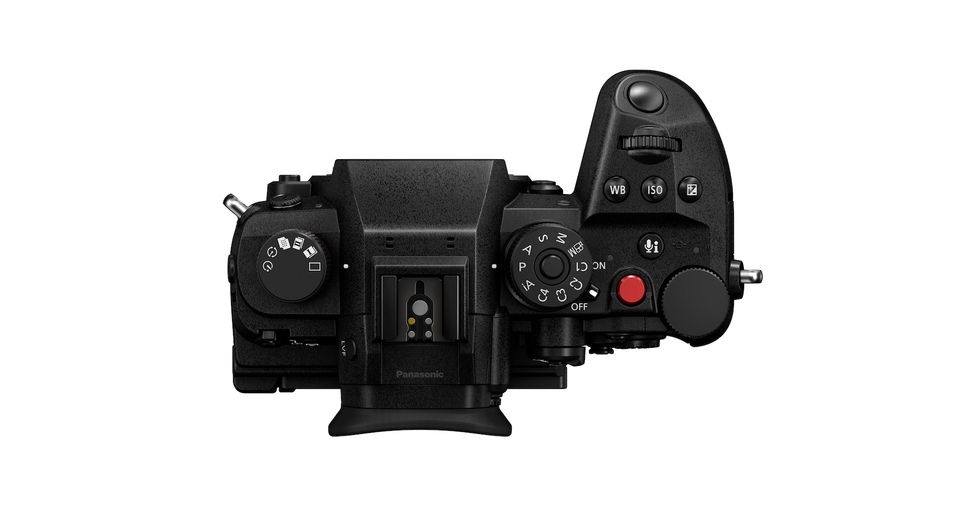 ARRI LogC3 Compatibility
ARRI LogC3 Compatibility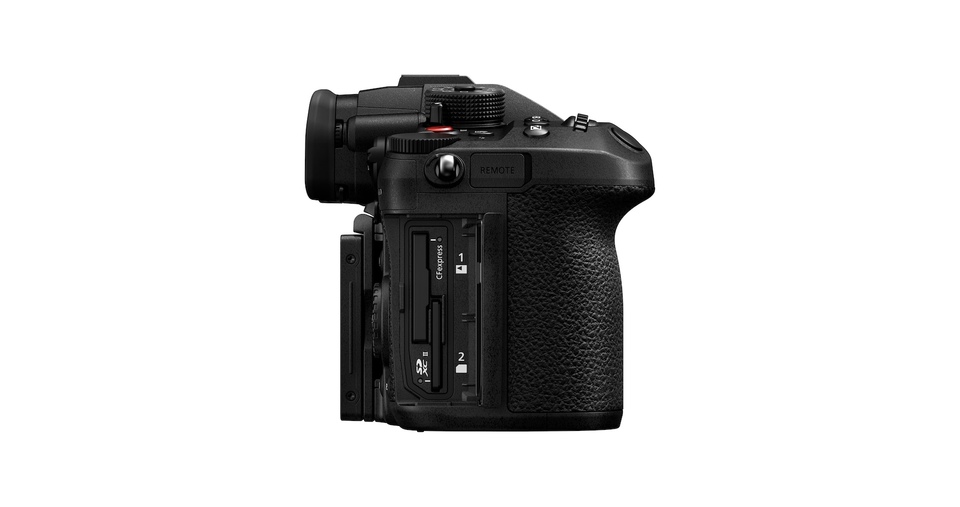 Media Options
Media Options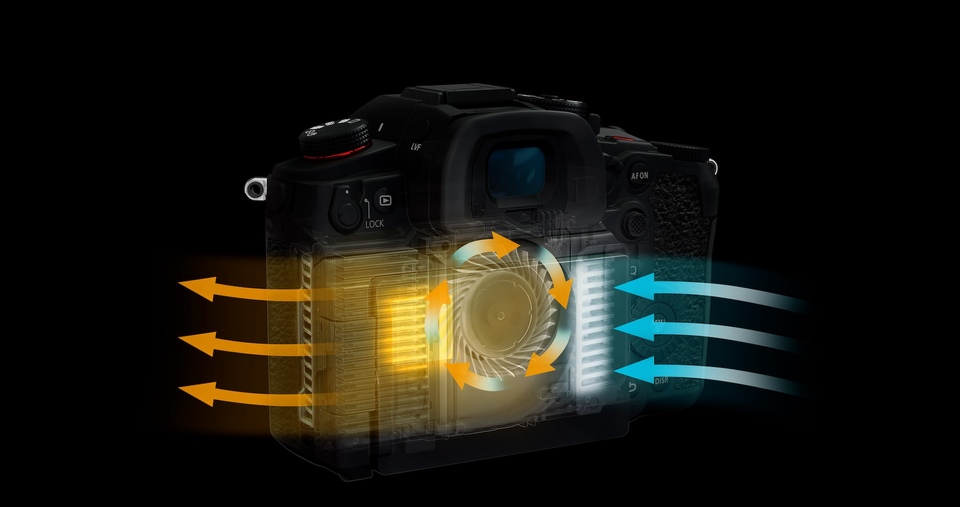 Price and Availability
Price and Availability






